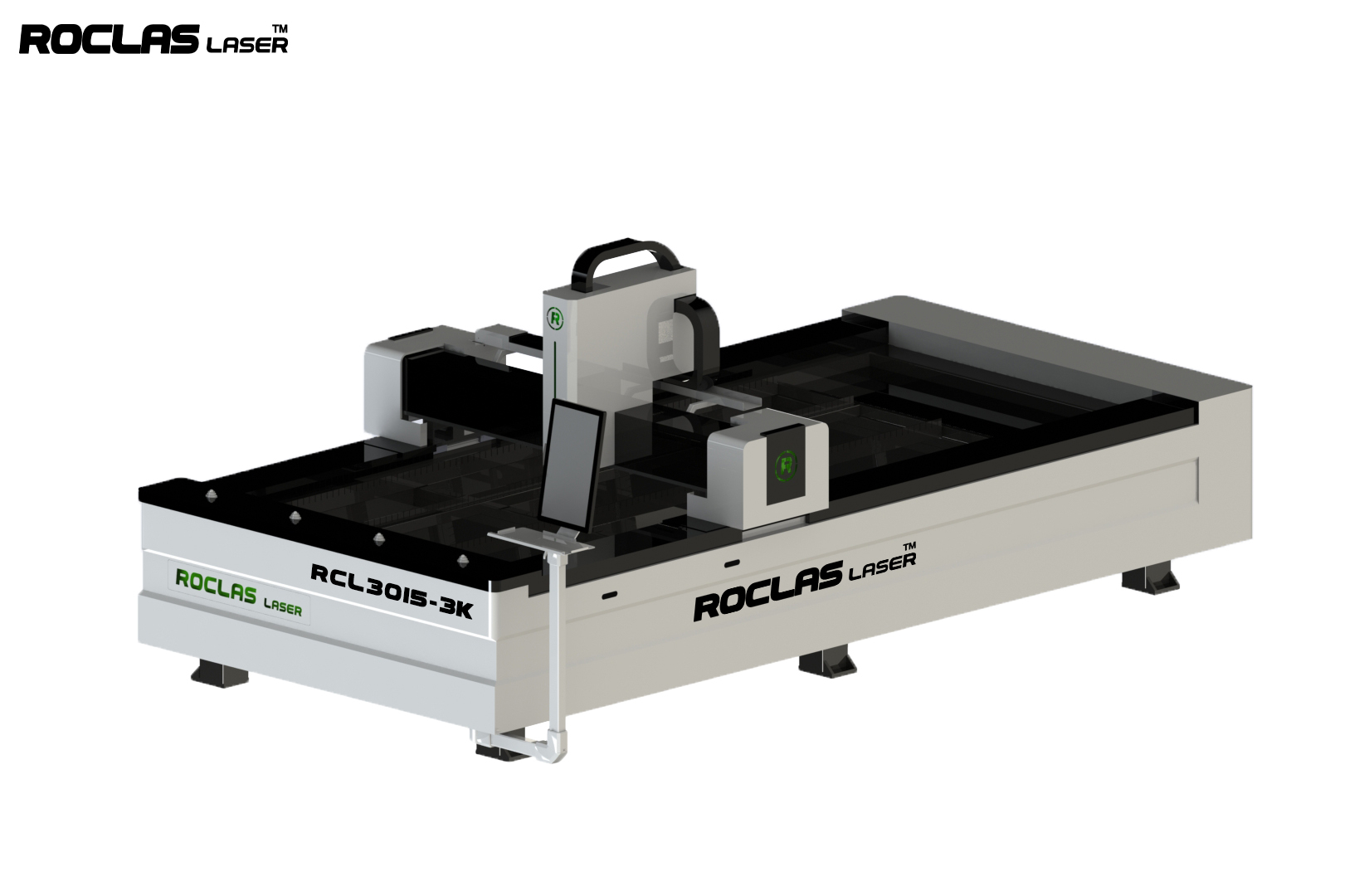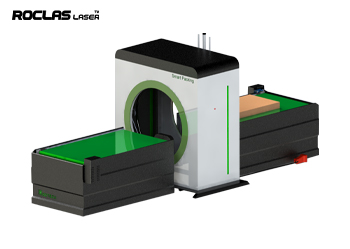Présentation
Les systèmes laser à fibre sont devenus la technologie de base de la fabrication moderne, offrant une précision, une efficacité et une polyvalence inégalées. Ces systèmes ont révolutionné diverses industries, de l'automobile et de l'aérospatiale à l'électronique et aux dispositifs médicaux. Ce guide complet explore les complexités des systèmes laser à fibre, explorant leur fonctionnement, leurs avantages, leurs applications et leurs perspectives d'avenir.

Qu'est - ce qu'un système laser à fibre?

Un système laser à fibre est un laser à état solide qui utilise des fibres dopées avec des éléments de terres rares tels que l'erbium, l'ytterbium ou le néodyme comme milieu de gain. Contrairement aux lasers CO2 traditionnels, les lasers à fibre produisent un faisceau laser par amplification optique à l'intérieur d'un câble à fibre optique. Cette configuration unique offre plusieurs avantages, notamment une qualité de faisceau élevée, un design compact et une efficacité énergétique exceptionnelle.
Principe de fonctionnement du système laser à fibre
The core of a fiber laser system is the optical fiber, which is doped with rare-earth elements. When pumped with a high-power diode laser, these elements emit photons that are amplified as they travel through the fiber. The laser beam is then focused and directed onto the workpiece using various optical components.
The process begins with the diode pump source, which provides the initial energy to excite the rare-earth ions in the fiber. As these ions return to their ground state, they emit photons that stimulate further emission, creating a cascade of light amplification. This process continues until a highly coherent and intense laser beam is produced.
Advantages of Fiber Laser Systems
1. High Beam Quality Fiber lasers produce a beam with excellent spatial and temporal coherence, allowing for precise and clean cuts, even on highly reflective materials.
2. Energy Efficiency Fiber lasers are significantly more energy-efficient than traditional CO2 lasers, converting a higher percentage of electrical energy into laser light.
3. Compact Design The use of optical fibers as the gain medium allows for a more compact and robust design, making fiber laser systems easier to integrate into existing manufacturing setups.
4. Low Maintenance Fiber lasers have fewer moving parts and do not require gas refills, resulting in lower maintenance costs and downtime.
5. Versatility Fiber lasers can process a wide range of materials, including metals, plastics, ceramics, and composites, making them suitable for diverse applications.
Applications of Fiber Laser Systems
1. Metal Cutting and Welding Fiber lasers are widely used in the automotive and aerospace industries for cutting and welding metals. Their high precision and speed enable the production of complex components with minimal material waste.
2. Marking and Engraving The ability to produce fine and detailed marks makes fiber lasers ideal for marking and engraving applications in industries such as electronics, medical devices, and jewelry.
3. Additive Manufacturing Fiber lasers are increasingly being used in additive manufacturing (3D printing) processes, where they provide the energy needed to fuse metal powders layer by layer.
4. Microprocessing The high beam quality of fiber lasers allows for precise microprocessing tasks, such as drilling, cutting, and structuring, in the production of microelectronic components.
5. Medical Applications Fiber lasers are used in various medical applications, including laser surgery, dental procedures, and the manufacturing of medical devices.
Future Prospects of Fiber Laser Systems
The future of fiber laser systems looks promising, with ongoing advancements in technology and expanding applications. Some of the key trends and developments include
1. Higher Power Output Researchers are continuously working on increasing the power output of fiber lasers, enabling them to handle thicker and more challenging materials.
2. Ultrafast Fiber Lasers The development of ultrafast fiber lasers, which produce extremely short pulses, opens up new possibilities in precision machining and medical applications.
3. Integration with Automation The integration of fiber laser systems with robotic arms and automated production lines is expected to enhance productivity and reduce labor costs.
4. Green Manufacturing Fiber lasers contribute to green manufacturing by reducing energy consumption and material waste, aligning with global sustainability goals.
5. Customization and Flexibility Advances in fiber laser technology are enabling greater customization and flexibility, allowing manufacturers to tailor systems to specific applications and materials.
Conclusion
Fiber laser systems have undeniably transformed the landscape of modern manufacturing. Their unique combination of high beam quality, energy efficiency, and versatility makes them indispensable in a wide range of industries. As technology continues to evolve, fiber laser systems are poised to play an even more significant role in driving innovation and efficiency in manufacturing processes. Whether it's cutting, welding, marking, or additive manufacturing, fiber lasers are at the forefront of the industrial revolution, shaping the future of production.
References
1. Koechner, W. (2013). Solid-State Laser Engineering. Springer.
2. Richardson, D. J., Nilsson, J., & Clarkson, W. A. (2010). "High Power Fiber Lasers Current Status and Future Perspectives." Journal of the Optical Society of America B, 27(11), B63-B92.
3. Giesen, A., & Speiser, J. (2007). "Fiber Lasers The State of the Art." Laser & Photonics Reviews, 1(4), 273-292.
4. Schawlow, A. L., & Townes, C. H. (1958). "Infrared and Optical Masers." Physical Review, 112(6), 1940-1949.
5. Hecht, J. (2010). Understanding Lasers An Entry-Level Guide. Wiley.
By understanding the principles, advantages, and applications of fiber laser systems, manufacturers can leverage this cutting-edge technology to enhance their production capabilities and stay competitive in the ever-evolving industrial landscape.
Que vous ayez besoin de conseils généraux ou de soutien spécifique, nous serons heureux de vous aider.